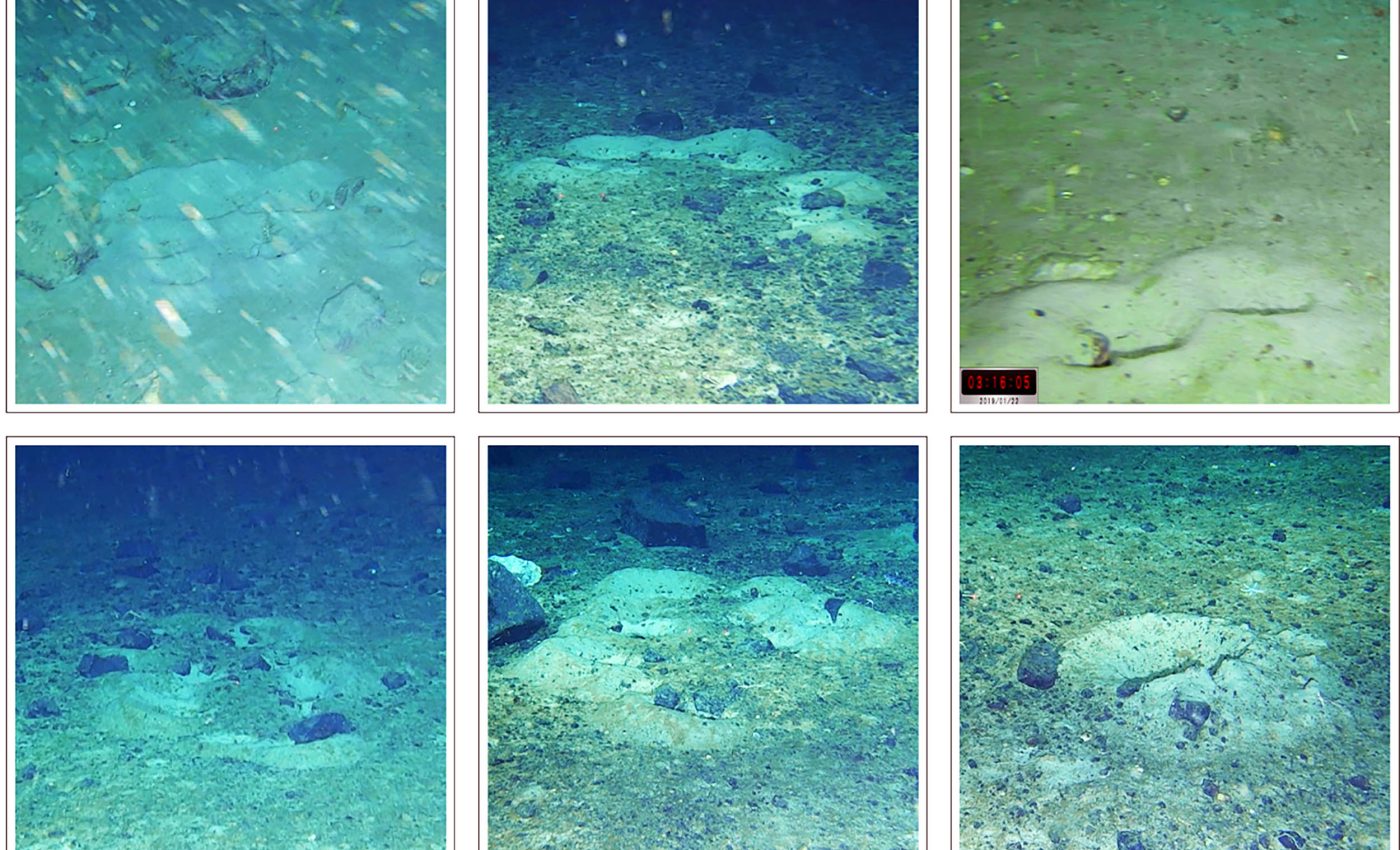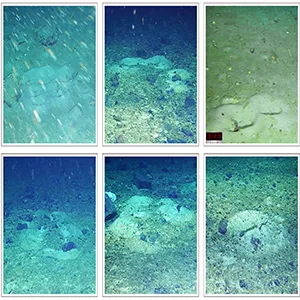
Robot finds thousands of 'ice fish' nests under Antarctic ice
A tethered underwater robot found more than 1,000 fish nests in Antarctica’s western Weddell Sea. The nests are arranged in clear patterns rather than scattered.
The discovery sits in seafloor terrain that has been exposed after a giant iceberg broke away from the Larsen C ice shelf in Antarctica. It points to an organized breeding ground that persisted out of sight for decades.
Antarctic robot maps fish nests
A new study analyzed 27 hours of seafloor video to map geometric nesting patterns. Average nest rims measured about 4.8 inches (12 centimeters) across, a size that is consistent with adult fish guarding eggs.
“The most significant finding is the discovery of six distinct, geometric nesting patterns,” wrote Russell B. Connelly, the lead author from the University of Essex (UE) who examined video from the remotely operated vehicle.
The remotely operated vehicle recorded Antarctic fish nests grouped in curves, lines, clusters, ovals, sharp U shapes, and isolated singles.
How nests protect fish
The layout of nests fits the selfish herd theory. Animals reduce danger by keeping neighbors between themselves and predators, a concept formalized in a classic paper. Central nests gain cover while edge nests face higher risk.
A different Antarctic icefish colony, reported in 2022, linked nest placement to modified warm, deep water. This refers to a relatively warm water mass that reaches the shelf and determines nest placement, rather than to social geometry.
That study documented the world’s largest known fish breeding area and noted slightly warmer bottom water where nests were densest.
The new Weddell Sea site shows little local temperature contrast across nest fields. This suggests that behavior and predator pressure, not small thermal gradients, shape the patterns seen here.
Iceberg reveals Antarctic fish life
The A68 iceberg split from Larsen C in July 2017, clearing a research path into waters that had been ice covered. The floe measured about 2,240 square miles (5,800 square kilometers) in area, and its drift pulled back the curtain on seafloor habitats.
Engineers launched the remotely operated vehicle, a ship-tethered robot with cameras and lasers, from the SA Agulhas II during the 2019 Weddell Sea Expedition. The same ship later supported the expedition that located Shackleton’s Endurance, but this earlier mission’s scientific haul proved valuable on its own.
The nests belong to the yellowfin notie (Lindbergichthys nudifrons) a small rockcod that is adapted to polar waters. The team did not see eggs because the dives occurred after hatching, and a small share of pits may belong to other icefish.
Protecting fish nurseries
By seafloor standards, this nursery is both structured and vulnerable. Under the Food and Agriculture Organization’s Vulnerable Marine Ecosystem criteria, nursery sites like these carry conservation weight.
“States and RFMO/As should close such areas to DSFs until appropriate conservation and management measures have been established,” stated the FAO guidelines.
The Commission for the Conservation of Antarctic Marine Living Resources has a Weddell Sea MPA plan on the table. Its Phase 1 proposal lists protection of spawning and nesting sites among core objectives, and describes zones that would restrict or allow activities.
The study’s clear video evidence strengthens the case for identifying these fish nest fields as features that meet protection triggers. It also adds a behavioral layer to how managers interpret hotspots seen in camera transects and mapping.

Why patterns matter
Six patterns repeat across the site, but one stands out. Clustered groups were the most common arrangement of fish nests, while linear arrays were rare, a hint that long lines offer poor collective shelter from predators.
Edge nests skewed larger than those buried inside groups. That size difference fits the idea that stronger adults keep to the fringe where guard duty is hardest.
Rocks mattered locally. Small nests often hugged rocks and pebbles, which may give currents a break or help hide scent trails from scavengers and worms that roam the flats.
Impact on Antarctic life
The nests sit in a food web that links fish, invertebrates, and predators. If a trawl or other bottom gear cut through, the damage would reach far past one season’s eggs.
Protection, once set, can also serve as a living lab. Managers can monitor how nest fields change with sea ice, currents, and productivity, and adjust boundaries if the core shifts.
The finding adds a new kind of evidence to Antarctic planning. Geometry on the seafloor is not decoration, it is behavior written into habitat, and it signals where risk is highest and help is most needed.
The study is published in Frontiers in Marine Science.
—–
Like what you read? Subscribe to our newsletter for engaging articles, exclusive content, and the latest updates.
Check us out on EarthSnap, a free app brought to you by Eric Ralls and Earth.com.
—–













